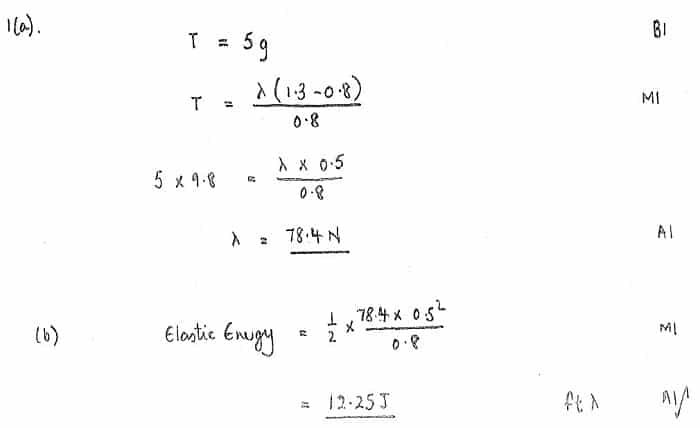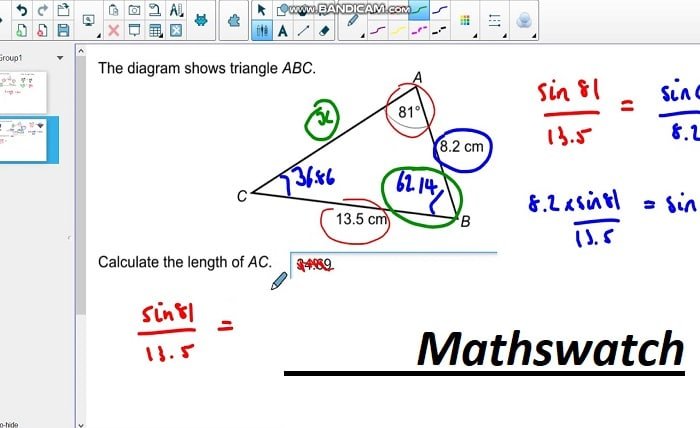Introduction
When we think of mathematical operations, some symbols and terms stand out as essential for a deeper understanding of change and difference. One such symbol is delta (Δ), a Greek letter that holds significant meaning across various branches of mathematics. From calculus to algebra and statistics, delta is integral in representing differences, changes, and shifts within mathematical functions. In this blog post, we will dive into the concept of delta in math, exploring its use, significance, and real-world applications. By the end, you’ll have a comprehensive understanding of how this simple yet powerful symbol plays a crucial role in the world of numbers.
What is Delta in Math?
Delta (Δ) is commonly used in mathematics to represent a change or difference in a particular quantity. It’s often seen in equations, formulas, and functions, where it indicates the difference between two values. For instance, in algebra, delta might be used to show the difference between two numbers or variables. In calculus, delta symbolizes the change in a variable or function as it approaches a certain point. The use of delta allows mathematicians to quantify change, making it an essential tool in areas like rate of change, limits, and derivatives.
Delta in Calculus: Understanding Rates of Change
In calculus, delta plays an important role in understanding rates of change, particularly through the concept of limits. The delta symbol is used to signify a small change in a variable, typically written as Δx or Δy. In the context of limits, delta helps in evaluating the behavior of functions as their inputs approach certain values. For example, when computing the derivative of a function, delta is used to measure the instantaneous rate of change by examining the difference between function values over a small interval.
One of the core principles of calculus involves finding the slope of a curve, and delta helps to formalize this process. In the case of the derivative, delta is applied to track how small changes in the input lead to changes in the output. This allows for a more precise understanding of how functions behave as they evolve over time.
Delta in Algebra: Differences and Discriminants
In algebra, delta is often used to represent the discriminant of a quadratic equation. The discriminant is the part of the quadratic formula under the square root sign, denoted as Δ or sometimes D. It plays a key role in determining the nature of the roots of a quadratic equation. Specifically, the discriminant helps us identify whether the roots are real or complex, as well as whether they are distinct or repeated.
The formula for the discriminant is given by:
Δ=b2−4acΔ = b^2 – 4ac
Where aa, bb, and cc are the coefficients of a quadratic equation in the form ax2+bx+c=0ax^2 + bx + c = 0. The value of delta determines the number and type of roots:
- If Δ>0Δ > 0, the equation has two distinct real roots.
- If Δ=0Δ = 0, the equation has one real root (a repeated root).
- If Δ<0Δ < 0, the equation has no real roots, only complex roots.
Delta, in this sense, is essential for understanding the behavior of quadratic functions and solving problems related to the nature of their roots.
Delta in Statistics: Measuring Change in Data
In statistics, delta is often used to measure change between two sets of data or to represent the difference between observed and expected values. For example, when calculating the difference between two data points in a dataset, delta is used to quantify that change. This is particularly useful when analyzing trends, determining statistical significance, and conducting hypothesis testing.
Delta is also involved in the concept of standard deviation, where it may represent the difference between individual data points and the mean of a dataset. By understanding how values deviate from the mean, statisticians can make inferences about the distribution and spread of data. In this context, delta helps in determining how much variability exists within a dataset.
Delta in Geometry: Understanding Slope and Distance
In geometry, delta is often used in the context of slope and distance. The slope of a line can be expressed using the formula:
slope=ΔyΔx\text{slope} = \frac{\Delta y}{\Delta x}
Where Δy\Delta y represents the change in the y-coordinate and Δx\Delta x represents the change in the x-coordinate. This formula is essential for understanding how steep a line is and is foundational in the study of linear functions and graphs.
Additionally, delta is used to represent the difference in coordinates when calculating the distance between two points in a plane. The distance formula involves the square root of the sum of the squares of delta values in the x and y directions. This concept is pivotal in understanding spatial relationships and solving geometry problems related to distance and positioning.
Delta in Physics and Engineering: The Change in Variables
Delta also finds frequent application in physics and engineering, where it is used to represent the change in physical quantities like velocity, acceleration, temperature, and more. For instance, in kinematics, delta is used to denote the change in position or velocity over time. In this context, delta is crucial for solving problems involving motion, speed, and acceleration.
In thermodynamics, delta is used to represent changes in variables like temperature, pressure, and volume. Engineers use delta to describe changes in physical systems, from fluid flow to electrical circuits, to understand and control the behavior of materials and machines. By using delta, professionals in these fields can model and predict how systems evolve in response to different factors.
Real-World Applications of Delta in Math
Delta’s utility stretches beyond the confines of abstract mathematics and into the real world. In finance, for example, delta is used in options pricing models to represent the sensitivity of an option’s price to changes in the underlying asset’s price. In economics, delta can help explain changes in demand or supply, tracking how shifts in one variable affect another.
Moreover, delta is commonly applied in environmental science, where it helps model and measure changes in climate patterns, water levels, and ecosystems. Whether you’re measuring the change in the economy, physical systems, or natural environments, delta offers a powerful tool to quantify and predict how variables interact over time.
Conclusion
The delta symbol may seem simple at first glance, but its applications in mathematics and beyond are vast and essential. Whether you’re working with calculus, algebra, statistics, or even real-world scenarios like physics and engineering, understanding how delta represents change is critical. From its role in derivatives and discriminants to its use in measuring variation and trends, delta is a fundamental concept that allows mathematicians and scientists to quantify differences and predict future outcomes. By mastering delta, you can gain a deeper understanding of how mathematical functions behave and how variables interact in a multitude of contexts.
FAQs
1. What does delta represent in mathematics?
Delta (Δ) typically represents a change or difference in a quantity, often used to show how variables shift in various mathematical contexts.
2. How is delta used in calculus?
In calculus, delta is used to represent small changes in variables, helping to calculate derivatives, measure rates of change, and understand limits.
3. What is the role of delta in quadratic equations?
In quadratic equations, delta refers to the discriminant, which helps determine the nature of the roots (real, complex, or repeated).
4. How does delta apply in statistics?
In statistics, delta measures the difference between data points, which helps in analyzing trends, variability, and conducting hypothesis testing.
5. Can delta be used in real-world applications?
Yes, delta is used in fields like physics, engineering, economics, and finance to represent changes in variables and model real-world phenomena.





